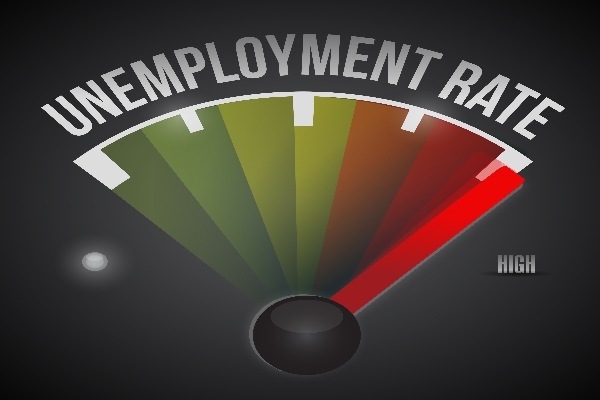
Most people believe that the unemployment rate is an indicator of the economic state in the United States. However, this number is no longer used as an accurate representation of the labor market’s condition. Instead, a deeper analysis must be done of the unemployment rate in order to understand how it can be used to reflect certain aspects of the economy.
There are several reasons unemployment numbers aren’t as important to economists as they once were, Let’s review a few of them:
Long-Term Unemployment
Since the last economic downturn in 2008, the unemployment rate has not been a completely accurate in measuring the number of people who are unemployed. One of the main reasons for this inaccuracy is the fact that the unemployment rate includes the high number of people who have been unemployed over an extended period. Moreover, these individuals were unemployed before, during, and after the recession affected the U.S. economy, and they will likely remain unemployed by choice.
Part-Time Unemployment
There is a significant number of people in the United States who are working on a part-time basis, even though they would rather obtain full-time employment. These individuals are included in the unemployment rate, even though they should be considered part of the employed population. As a result, the unemployment rate is significantly higher than it should be, which is caused by the inclusion of semi-employed workers.
Quit Rate
The “quit rate” is not a real number that is used to help in determining an accurate unemployment rate. Instead, it is a concept that is believed to have an effect on the unemployment rate, and it may be one of the reasons behind the inaccuracy of this number. The “quit rate” refers to individuals who choose to leave their jobs voluntarily. Although these individuals have chosen to be unemployed, they are included in the unemployment rate. However, these individuals should be excluded as they are choosing to be unemployed and likely will not be interested in seeking new employment opportunities.
Demographic Changes
Some economists believe that the U.S. workforce has shrunk overall, and this may be causing the unemployment rate to be inaccurate. This change is attributed to the aging of baby boomers who are either choosing to extend their retirement or retire early from their jobs. With the growing number of baby boomers extending their retirement to 67 or 68 years old, for instance, there are less jobs available for younger individuals who are seeking to enter the workforce.
Rate of Job Creation
Although there has been some job growth in the U.S. in the fields of manufacturing and retail, the rate of job creation has been slowly increasing and continues to change at a very slow rate. As a result, there is little growth in the workforce as very few jobs are being created. This further exacerbates the issue of long-term unemployment since these individuals are not seeing any new opportunities to become employed.
Latest News
-
 Benefits of Being Bilingual in Today’s Job Market Tuesday, July 16, 2019 The ability to communicate clearly and effectively is invaluable in the workpl... Read more...
Benefits of Being Bilingual in Today’s Job Market Tuesday, July 16, 2019 The ability to communicate clearly and effectively is invaluable in the workpl... Read more... -
 States with the Lowest Number of Unemployment Collection Weeks Tuesday, June 18, 2019 Periods of unemployment can cause financial strains on you and your family. On... Read more...
States with the Lowest Number of Unemployment Collection Weeks Tuesday, June 18, 2019 Periods of unemployment can cause financial strains on you and your family. On... Read more... -
 Tips for Explaining an Unemployment Gap in Your Resume Wednesday, June 12, 2019 You may experience unemployment at some point in your career. This could be du... Read more...
Tips for Explaining an Unemployment Gap in Your Resume Wednesday, June 12, 2019 You may experience unemployment at some point in your career. This could be du... Read more...
Find Unemployment Office Locations
Latest Articles
-
 Benefits of Being Bilingual in Today’s Job Market Tuesday, July 16, 2019 The ability to communicate clearly and effectively is invaluable in the workpl... Read more...
Benefits of Being Bilingual in Today’s Job Market Tuesday, July 16, 2019 The ability to communicate clearly and effectively is invaluable in the workpl... Read more... -
 States with the Lowest Number of Unemployment Collection Weeks Tuesday, June 18, 2019 Periods of unemployment can cause financial strains on you and your family. On... Read more...
States with the Lowest Number of Unemployment Collection Weeks Tuesday, June 18, 2019 Periods of unemployment can cause financial strains on you and your family. On... Read more... -
 Tips for Explaining an Unemployment Gap in Your Resume Wednesday, June 12, 2019 You may experience unemployment at some point in your career. This could be du... Read more...
Tips for Explaining an Unemployment Gap in Your Resume Wednesday, June 12, 2019 You may experience unemployment at some point in your career. This could be du... Read more...
